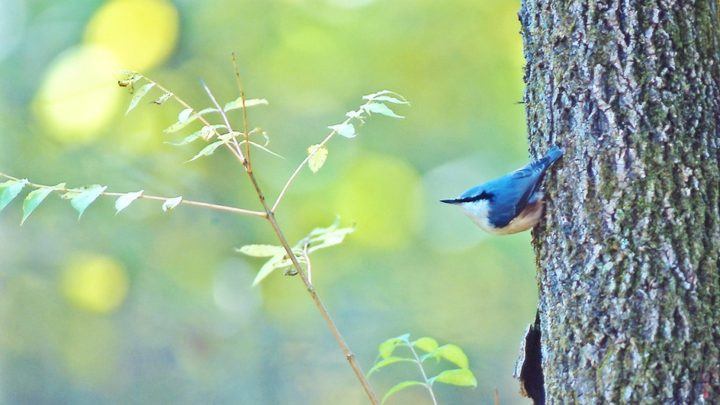Like this post? Help us by sharing it!
Emma is one of our travel consultants who travelled to Japan last month. She is a keen nature lover and eager to share her experiences from her new favourite wildlife hotspot in Japan – Karuizawa.
Karuizawa is resort area hidden deep in the mountains of Nagano Prefecture. Popular with the Japanese since the late 1800s, it is well-known for its golf courses, outdoor sports and historic shopping street, known as “Ginza-dori” – and it’s particularly associated with Japan’s wealthier residents, with many rich Japanese urbanites also owning holiday homes in the area. The Japanese Imperial family have holiday homes here, and the region was favoured by John Lennon and Yoko Ono during their visits to Japan.
Little-known to Japanese and Western tourists, Karuizawa is not just a summer playground for the rich – it is also a fantastic place for nature lovers. In 1974, a 100 hectare area of forestland was established as the Karuizawa Wild Bird Sancutuary. Over eighty species of bird live here as well as numerous other animals including bears, Japanese serow and the world’s largest species of flying squirrel.
Within the bird sanctuary is the Picchio Visitor Center, which offers a variety of nature-watching tours to educate visitors about the local flora and fauna. One of the most popular tours is the Giant Flying Squirrel Tour, which I had the good luck to join on my recent trip. The experience lasted for 90 minutes and began within the visitor centre itself, where we learnt about the morphology, diet and behaviour of the animal.

From here, we were provided with binoculars and moved outside – where the guide took us to a nearby nest box. All nest boxes are equipped with cameras so that the Picchio Center staff can monitor the squirrels for conservation projects. The guide links the nest box up to a monitor so that you can see inside the nest to give a better idea of when the squirrels will emerge to feed.
The Japanese Giant Squirrel is nocturnal, so tours are always conducted in the evening. Having monitored the squirrels for several years the guides are able to accurately estimate when the squirrel will emerge. When they did exit the nest, we had to react quickly to see the giant flying squirrel scamper up to the highest branch in the tree, from where is assesses which tree it will then glide to. This is where our guide’s expertise really stood out! From watching the squirrel’s behaviour, our guide was able to judge which tree the squirrel would glide to and move us into the best position so that the squirrel glided almost directly above our heads. It is a truly magical experience. Depending on the squirrel’s movements, visitors are usually able to see a further three or four glides before the squirrel disappears from sight into the dense woodland, and visibility becomes difficult as dusk becomes night.
As well as the Flying Squirrel Tour, the center also offers a popular Nature Watching Tour, which takes you on a two-hour walk through the bird sanctuary. The best times to visit are in fall, winter or spring as there is less foliage, making the birds easier to spot. However, wildlife can be seen all year round and the tour incorporates opportunities to learn about many different species of animal, not just birds. We were equipped with binoculars, a bird-watching guidebook and checklist before setting off into the forest with our guide.

Throughout the tour there were numerous opportunities to learn about the local fauna, with the guide stopping at several points to talk about native reptiles, amphibians, mammals – and of course birds. This tour also incorporates opportunities to see into various nest boxes with cameras, in the same manner as the Flying Squirrel Tour does, with chances to see birds feeding their young, as well as sleeping giant flying squirrels. With so much to see and learn about, the two-hour tour is over before you know it, but fear not as you’re welcome to hike and explore the wildlife sanctuary trails once the tour is over.
Photos: Picchio Wildlife Center
So, if you’re keen to see some nature and wildlife during your visit to Japan, why not consider making a trip to Karuizawa? The town can be reached by bullet train in less than 90 minutes from Tokyo and the journey is even covered by the Japan Rail Pass! The ‘Squirrel Watching’ experience and a stay in Karuizawa is included in the ever popular, ‘Japan Enchantment’ tour. Drop us a line.


